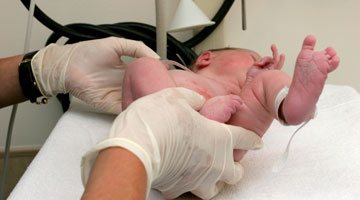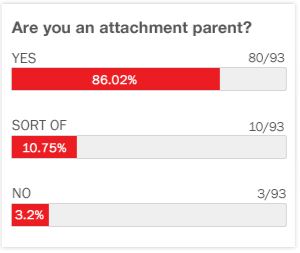The benefits and risks of a VBAC
Comment
Obstetrician Paul Crane, MD, explains what the risks and benefits are of having a vaginal birth after cesarean (vbac)
213
Transcription:
Vaginal birth after cesarean birth, which is called VBAC, has been around since the early 1970's.
Prior to that period, we used to say, "once a c-section, always a c-section." In the 1970's, it was discovered that the potential risk of the vaginal delivery was not as much as we had thought in the past.
The risk of vaginal birth after cesarean is a rupture to the uterus. That is a potentially devastating situation that can cause severe damage to the mother, and can cause death or damage to the fetus. The incidents of rupture, however, is not particularly high. It's anywhere between .3 and 1 percent, depending on whose statistics you listen to. If it's done in the appropriate setting under the proper circumstances, the risk is quite small.
The advantage of VBAC is that you undergo a vaginal birth, with a much quicker recovery. You are able to nurse and take care of the new baby, and the older child. It is an option, if one chooses to do that. The number of woman that choose VBAC in today's world is quite small, under 20 percent.
Obstetrician Paul Crane, MD, explains what the risks and benefits are of having a vaginal birth after cesarean (vbac)
Related Videos
Transcript
Expert Bio
More from Expert
Paul Crane, MDObstetrician
Paul Crane, MD, is a board-certified Obstetrician and Gynecologist and has practiced for more than 30 years. He specializes in natural childbirth and VBAC births in his practice in Beverly Hills. Paul is the father of six children ranging in age from 18 to 40. In his free time, he enjoys photography. Even after 30 years, one of his favorite things to do is deliver babies.




 GET ACCESS TO ALL PREMIUM CONTENT WITH NO ADS FOR $4.99/MONTH
GET ACCESS TO ALL PREMIUM CONTENT WITH NO ADS FOR $4.99/MONTH




Login or Register to view and post comments